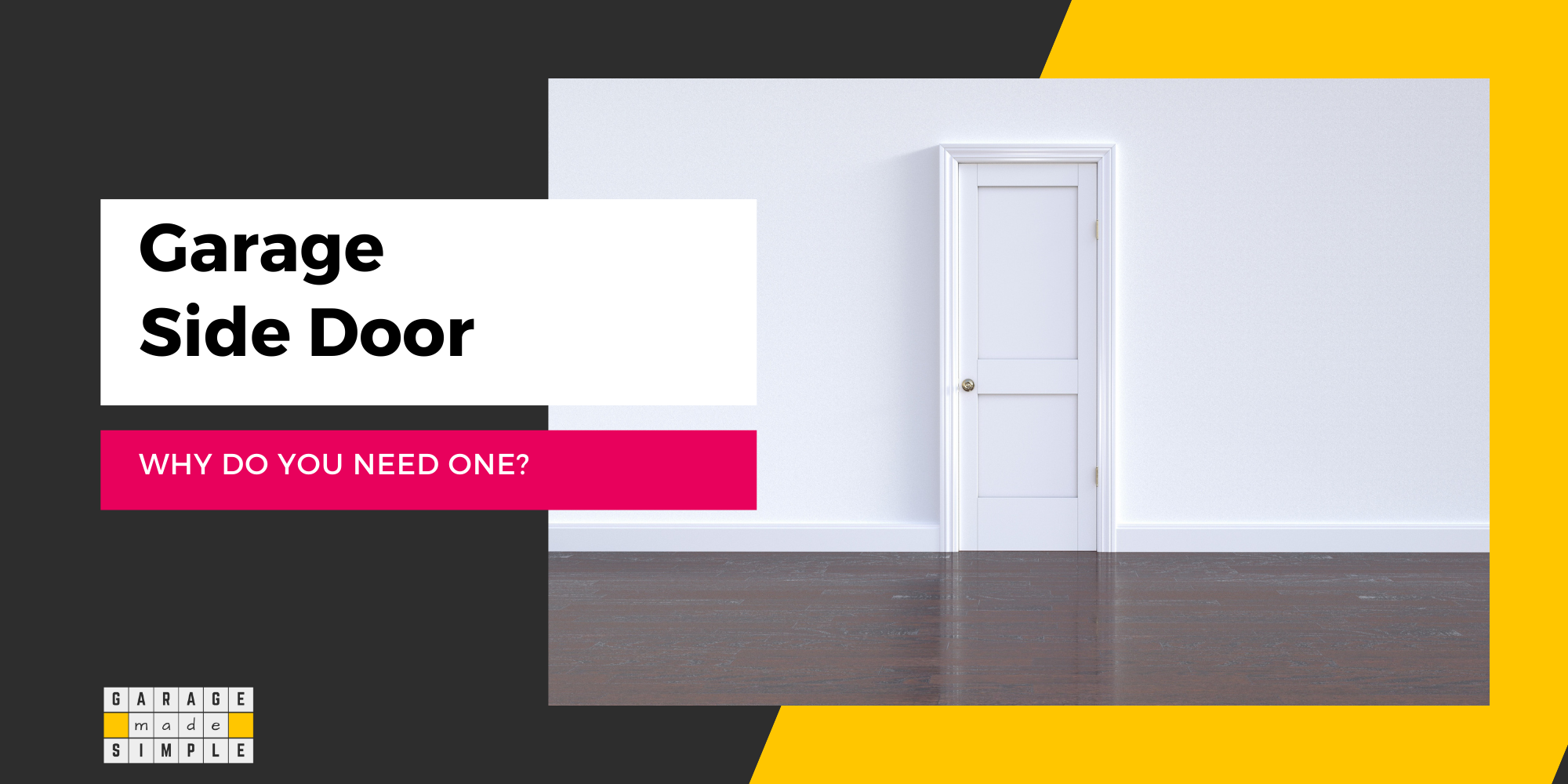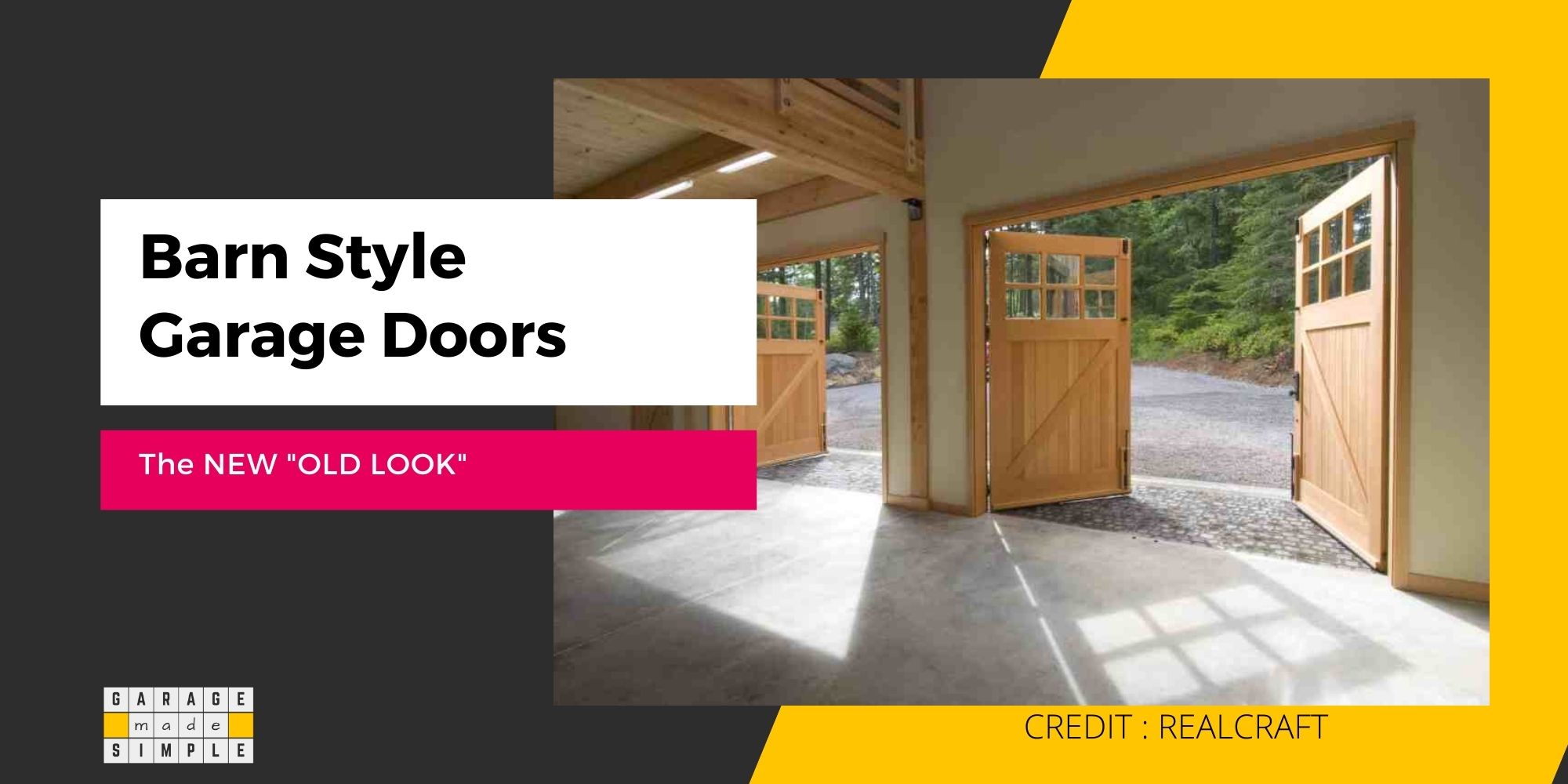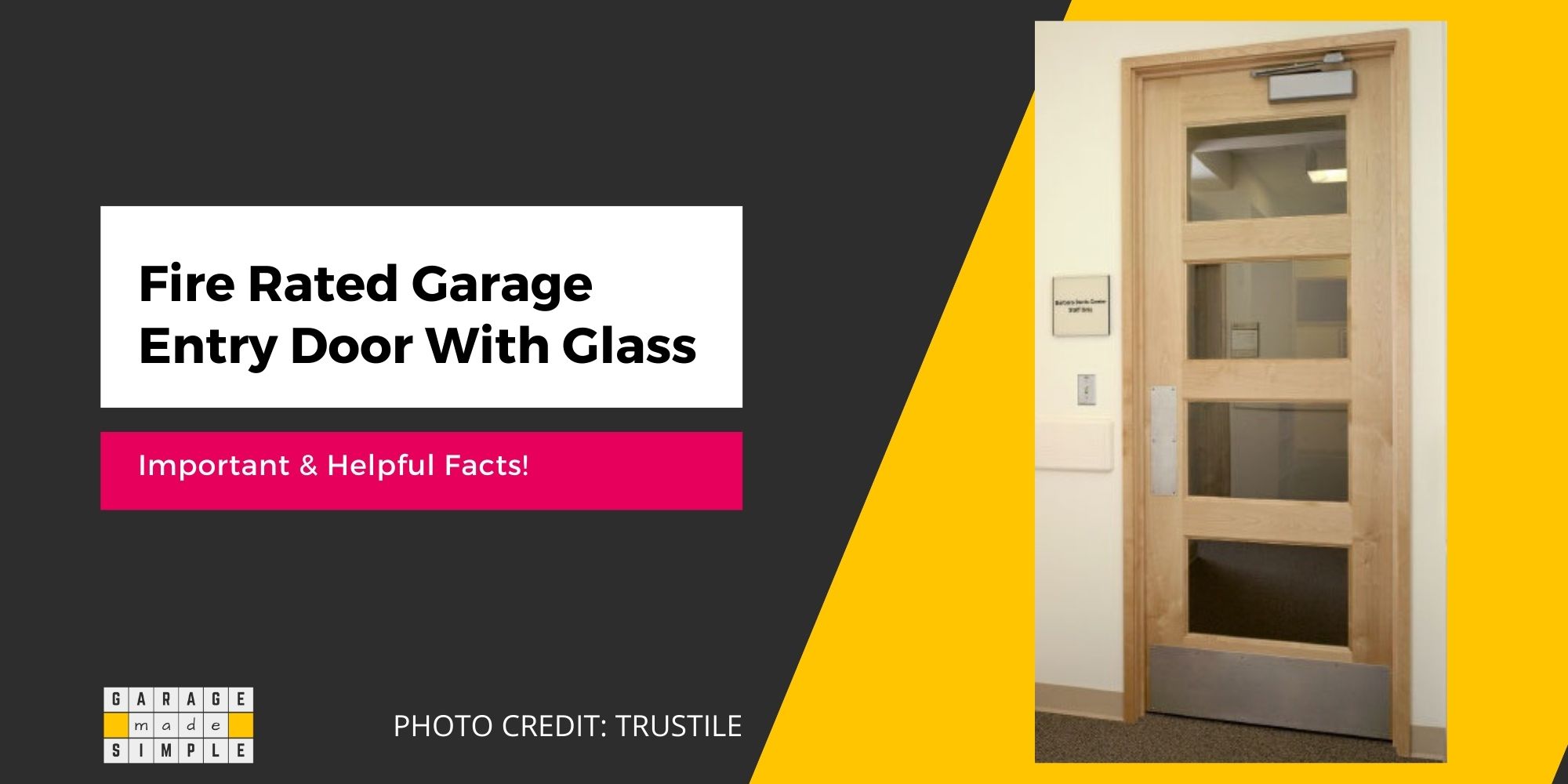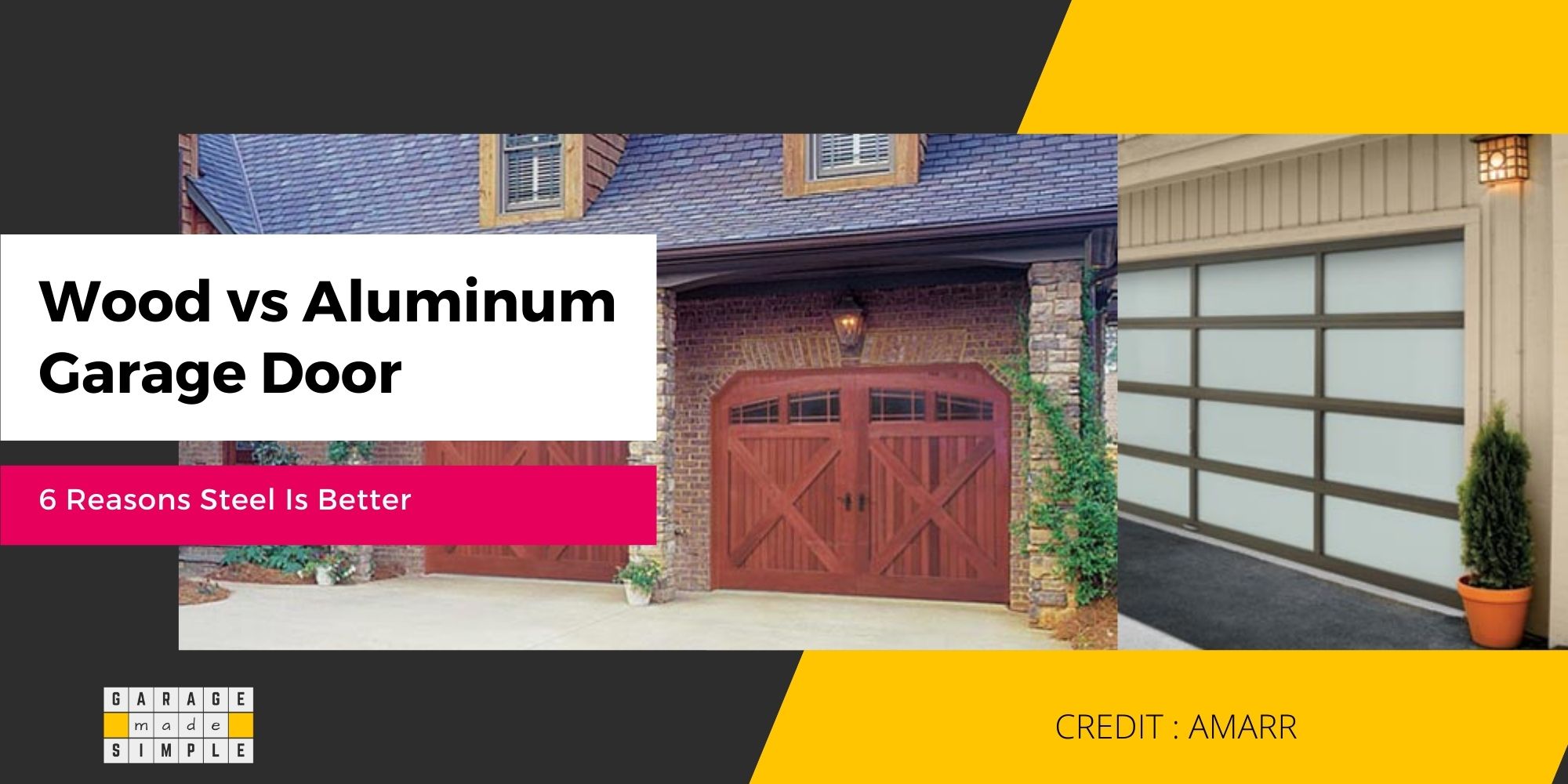What Kind of Wood to Use for Garage Door Trim? (6 Best Options)
garagemadesimple.com is a participant in the Amazon Services LLC Associates Program, an affiliate advertising program designed to provide a means for sites to earn advertising fees by advertising and linking to Amazon.com . The website is also an affiliate of a few other brands.
Garage door trim enhances the aesthetic appeal of your home’s exterior while providing essential functionality. If you want your garage door to make a statement, choosing the right wood type for the trim is essential.
Western Red Cedar is a popular choice due to its natural beauty and resistance to decay. Douglas Fir is another durable option that offers strength and stability.
Medium Density Overlay (MDO) is a versatile choice that provides a smooth surface for painting. Clear Cedar and Redwood are also excellent for their durability and attractive grain patterns.
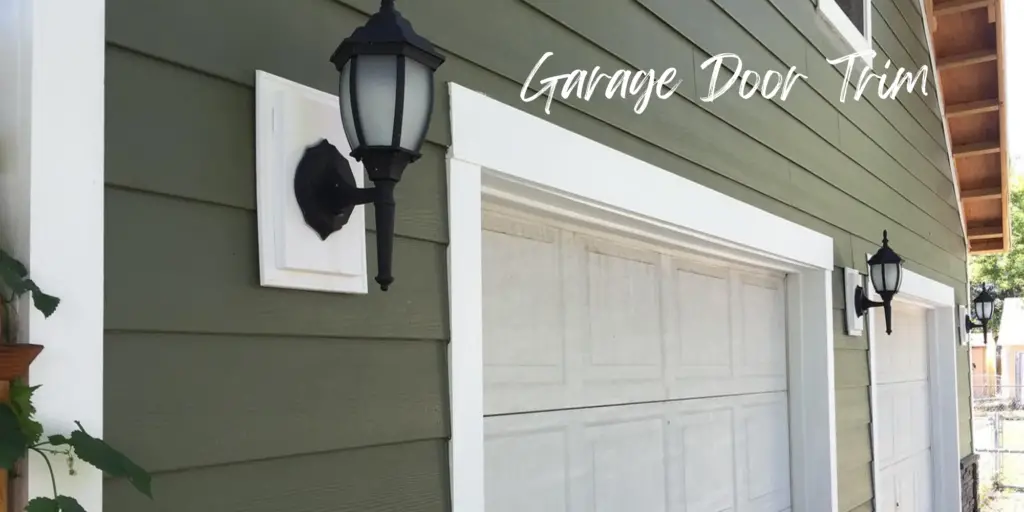
Here, we’ll guide you through the different types of wood available for garage door trim. Also, we will include the pros and cons of wooden garage doors and the factors to consider when choosing a wood for your garage door.
What Kind of Wood to Use for Garage Door Trim: 6 Durable Options
You can choose from six types of wood for your garage door trim.
- Western Red Cedar
- Douglas Fir
- Medium Density Overlay (MDO)
- Clear Cedar
- Redwood
- Mahogany
No 01: Western Red Cedar
A garage door trim made from Western red cedar will withstand harsh weather conditions and last a long time. With its natural decay resistance and resistance to insects, this wood is highly durable and will ensure your garage door trim stands the test of time.
Western red cedar also offers a beautiful reddish-brown color that can be left to weather naturally or stained to maintain its original appearance. It’s well-suited for staining, allowing you to achieve a rustic and timeless look for your garage door trim.
No 02: Douglas Fir
A Douglas Fir garage door trim is versatile, strong, and easy to work with.
Douglas fir is known for its ability to withstand the elements and maintain its structural integrity. Its straight grain makes it easy to cut and shape with a jigsaw or miter saw, allowing for precise and clean trim installations.
The wood is light reddish-brown, with a subtle grain pattern that adds a touch of warmth and character to your garage door. Douglas fir also has excellent dimensional stability, meaning it won’t warp or twist over time, ensuring a long-lasting and visually appealing trim.
Whether you prefer a natural wood finish or want to paint it to match your home’s exterior, Douglas fir is a reliable and attractive option for your garage door trim.
No 03: Medium Density Overlay (MDO)
The medium-density overlay (MDO) is a great selection for your garage door trim because it offers durability and a smooth surface for easy painting. MDO is a cost-effective wood composite material that combines affordability with durability. It’s designed to resist rot and insects, making it a practical option for outdoor use.
When painted, MDO has a smooth surface that creates a clean and professional look. The material is easy to work with, allowing for quick and efficient installation. Also, MDO has a stable structure that helps prevent warping and twisting over time.
No 04: Clear Cedar
When considering garage door trim options, a great choice is clear cedar due to its natural appeal and weather resistance. Clear cedar is known for its stunning appearance, featuring a smooth, straight grain and a rich reddish-brown color.
Its natural beauty can enhance the overall aesthetic of your garage door, adding a touch of elegance and sophistication.
Clear cedar is highly resistant to rot, decay, and insect damage, making it a durable and long-lasting option for garage door trim. It also provides good insulation properties, helping protect your garage from the elements.
No 05: Redwood
Consider using redwood for your garage door trim, which is durable and visually appealing.
Redwood is known for its natural resistance to decay and insects, making it a reliable choice for outdoor applications. The rich, reddish-brown wood adds warmth to your home’s exterior.
The redwood trim also has a straight grain and smooth texture, giving it a polished and refined look. Also, redwood is a stable wood that resists warping and splitting, helping your garage door trim maintain its shape and structural integrity over time.
No 06: Mahogany
For a luxurious and timeless look, mahogany is an excellent choice for your garage door trim.
Mahogany is highly regarded for its workability, dimensional stability, and resistance to rot, making it a premium wood option. Its rich reddish-brown color adds elegance and sophistication to your garage door.
You can easily stain Mahogany to enhance its natural beauty, allowing you to match the trim to your desired aesthetic. This wood is known for its durability, ensuring that your garage door trim will withstand the test of time.
What Are the Advantages and Disadvantages of Wood Garage Doors?
When considering wood garage doors, weighing the advantages and disadvantages is important.
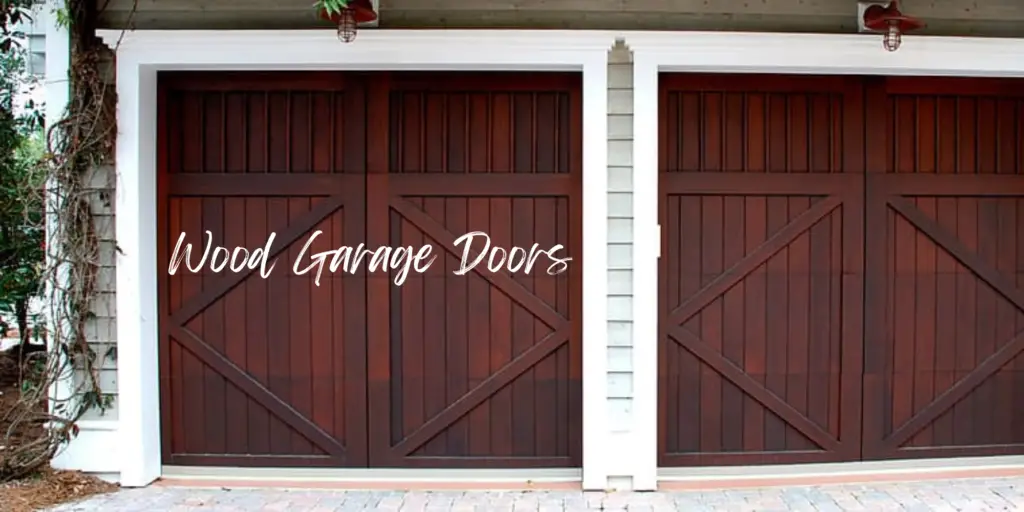
Advantages of Wood Garage Doors
i) Attractive Finishes
One of the biggest advantages of wood garage doors is the ability to choose from a wide range of attractive finishes.
Whether you prefer a natural, stained look that showcases the beauty of the wood grain or a painted finish that matches your home’s exterior. Wood’s natural warmth and charm add a touch of elegance to any home.
ii) Customizability
By selecting wood for your garage doors, you can achieve a highly customizable look and enjoy the benefits of its natural beauty. You can customize wood garage doors to fit non-standard openings, creating a unique and personalized design that complements your home’s architectural style.
Whether you prefer solid panels, raised panels, carriage styles, or window options, wood can be shaped and finished to meet your preferences and aesthetic requirements. The versatility of wood allows for endless possibilities when it comes to customizing your garage doors.
iii) Insulation Properties
One of the advantages of wood garage doors is their natural insulation properties.
Wood is a natural insulator that helps regulate and maintain the temperature within your garage. This can be particularly beneficial during extreme weather conditions, as it can help to keep your garage cooler in the summer and warmer in the winter.
iv) High-End Appearance
There are several advantages to choosing wood garage doors for a high-end appearance.
Wood doors have a natural beauty and warmth that can elevate the overall look of your home. Wood’s rich texture and grain add sophistication and elegance.
Also, wood is a durable material that can withstand the test of time, making it a worthwhile investment for your home’s curb appeal.
Disadvantages of Wood Garage Doors
i) Regular Upkeep
Maintaining wood garage doors requires regular refinishing, painting, or staining to preserve their appearance and protect against damage from the elements. It can be time-consuming and costly. Aside from that, if not properly maintained, wood garage doors can warp, crack, or become susceptible to pests and moisture damage.
ii) Potential for Pest Infestations
Wood is a natural material that can attract pests, especially if it isn’t properly treated or sealed. Termites and wood-boring insects can cause significant damage to the garage door’s structure, compromising its integrity and potentially leading to costly repairs or replacements.
iii) Higher Costs
Wood garage doors are more expensive upfront than other materials like steel. This is due to the higher cost of manufacturing materials and labor. The more complex hardware components and installation process can also add to the overall cost.
What to Consider Before Getting Wood for Garage Door Trim?
Before getting wood for your garage door trim, several important factors must be considered.
1. Climate and Weather Exposure
When selecting wood for your garage door trim, consider the climate and weather conditions your region experiences. The climate in your area can greatly affect the durability and longevity of the wood.
If you live in a region with high humidity or frequent rain, it’s important to choose a wood species that’s naturally decay-resistant. Cedar and redwood are excellent choices for these climates due to their natural resistance to moisture. They can withstand the effects of humidity without rotting or warping.
Alternatively, if you live in an arid region, consider using hardwood like mahogany, which is strong and resistant to extreme temperatures.
2. Maintenance Requirements
When choosing wood for your garage door trim, you should understand the maintenance requirements of different wood species. Some woods, like cedar and redwood, are known for their low-maintenance needs. These woods have a natural resistance to pests and decay, reducing the need for frequent maintenance.
In contrast, other woods, such as mahogany and clear cedar, may require more frequent staining or sealing to maintain their original appearance. Regular maintenance tasks may include cleaning, sanding, and applying protective coatings.
3. Aesthetic Preferences
To ensure you achieve the desired look for your garage door trim, you should carefully select the type of wood and the specific aesthetic features you prefer. Each wood species offers unique characteristics that can enhance the overall appearance of your garage and complement your home’s exterior.
Consider the wood’s color, grain pattern, and texture to determine which one aligns with your aesthetic preferences. For a luxurious and sophisticated look, mahogany’s rich, dark tones may be the ideal choice.
Conversely, if you prefer a warm and rustic feel, cedar, with its reddish-brown hues can add charm and character.
4. Finish and Staining Options
Before deciding on the type of wood for your garage door trim, you should consider the finish and staining options available. Consider whether you want to leave the wood natural, stain it, or paint it. Each option has its benefits and considerations.
If you prefer a natural look, woods like clear cedar are often prized for their beauty when left untreated. Meanwhile, staining can be a great option to add color or protect the wood from the elements. Stains come in various shades, allowing you to customize the look of your garage door trim.
Certain wood species like MDO are particularly suitable if you prefer a painted finish due to their smooth surfaces. Remember that the desired finish will influence your choice of wood, so take some time to consider the different options before making your selection.
5. Budget and Cost Considerations
When selecting wood for your garage door trim, remember your budget and the cost considerations.
Wood species vary in price, with some being more expensive than others. For example, cedar is known for its durability and attractiveness but can be costly.
Even so, considering the long-term costs, including maintenance expenses, is crucial. Investing more upfront in a high-quality wood species can save you money on maintenance and replacement costs.
Also, consider the cost of any necessary finishes or stains for the wood. These can add to the overall expense, so factor them into your budget.
6. Local Availability
Check with local lumber yards or suppliers to determine which wood types are easily accessible in your area. Different regions have different wood species that are commonly available, so you should consider what options are readily accessible to you.
By choosing locally available wood, you can save on transportation costs and support local businesses. When checking with lumber yards or suppliers, inquire about the specific wood types that they carry and their availability. Ask about the durability and suitability of each wood type for garage door trim.
Should I Use Pressure-Treated Wood for Garage Door Trim?
Pressure-treated lumber is a great choice because it’s specifically designed to withstand moisture, insects, and rot. This makes it ideal for areas exposed to the elements, such as garage doors.
By using pressure-treated wood for your trim, you can ensure that it will have a longer lifespan and require less maintenance over time. Also, pressure-treated wood is less likely to crack during installation, providing a more secure and stable trim for your garage door.
Can I Use Reclaimed or Salvaged Wood for My Garage Door Trim?
Using reclaimed wood not only adds a unique and rustic touch to your garage, but it’s also an environmentally friendly choice. When choosing reclaimed wood, it’s important to inspect it for signs of rot or damage carefully.
Look for wood that’s sturdy and in good condition, as this will ensure the durability of your garage door trim.
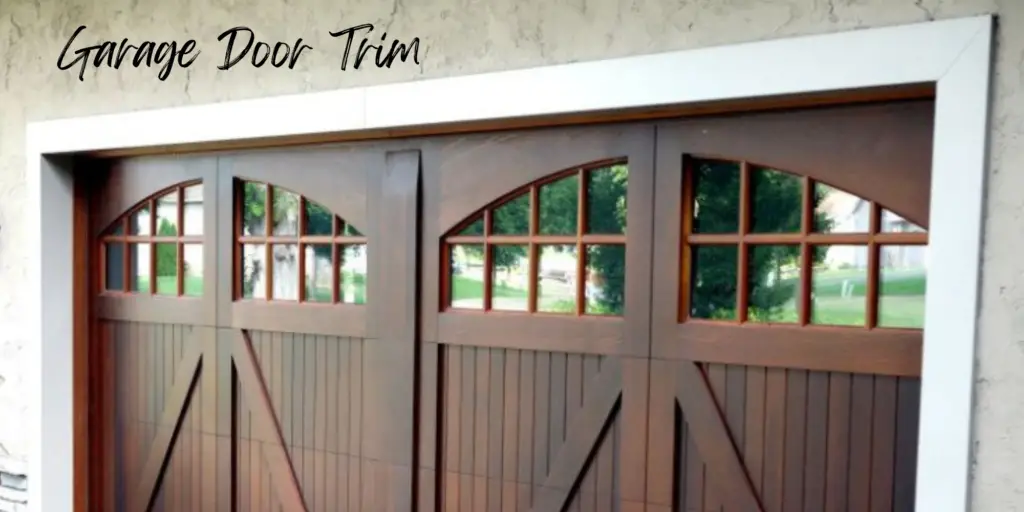
How to Prevent Wood Garage Door Trim from Warping in Humid Climates?
To prevent warping in humid climates, ensure the wood is properly sealed and finished on all sides, including the ends. This will create a barrier that helps minimize moisture absorption from the surrounding environment.
- Start by selecting a high-quality wood known for its durability and resistance to warping, such as cedar or redwood.
- Before installation, apply a sealant or finish to all wood surfaces, including the cut ends. This will help to protect the wood from moisture infiltration.
- Also, you should maintain a consistent humidity level in your garage. Avoid exposing wood trim to excessive moisture or direct water contact by using a dehumidifier or ventilation system.
Transform Your Garage Door with the Perfect Wood Trim
A garage door trim choice combines functionality and aesthetics, impacting your home’s overall appearance and durability. Understanding factors to consider, such as climate suitability, maintenance needs, budget limitations, and aesthetic preferences, will help you make the right choice.
While pressure-treated wood may be a good option for durability, reclaimed or salvaged wood can add a unique and eco-friendly touch. Your home will have a welcoming appearance with a garage door trim made from cedar, Douglas fir, or Medium Density Overlay (MDO).
For wood to resist warping in humid climates, applying a protective finish and regularly maintaining the wood is essential.
Thank you very much for reading the post. I do hope you found it informative and useful.


